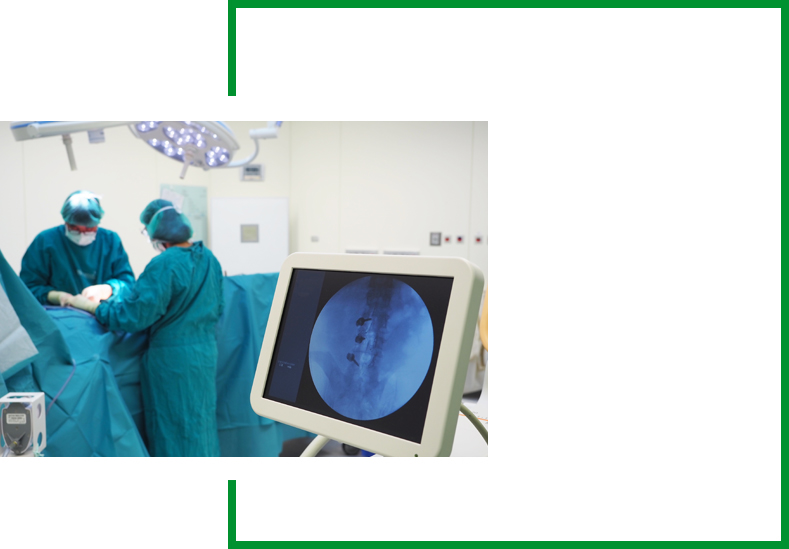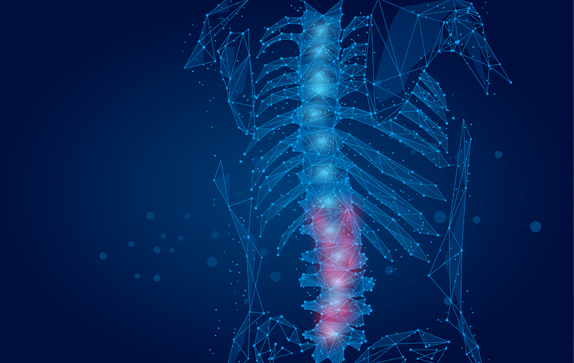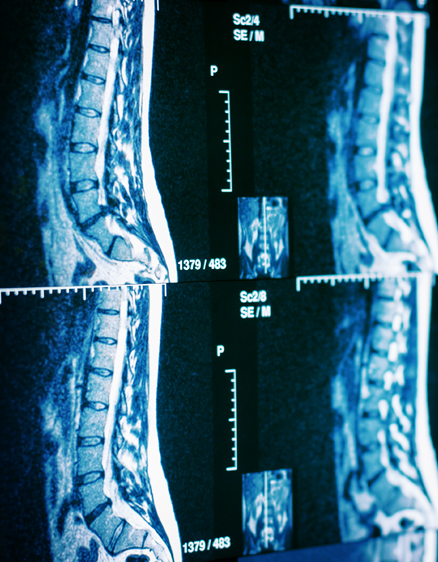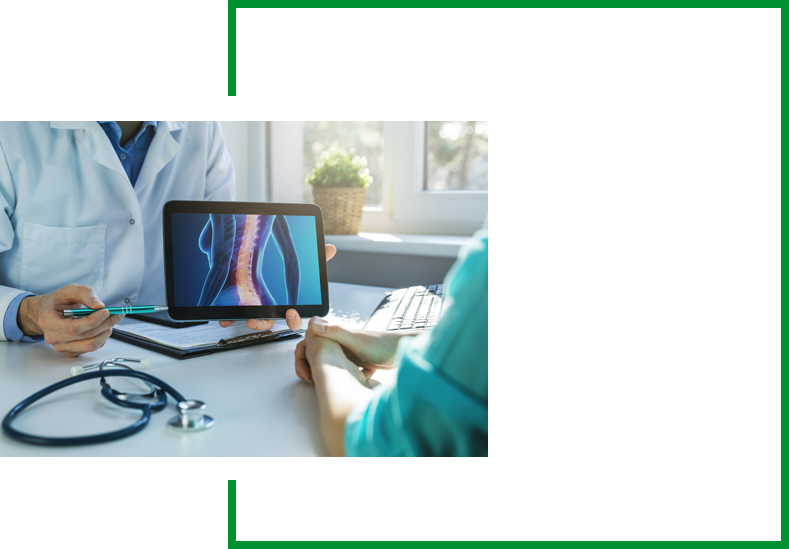Spine
Use of PRP for spinal surgery
Low back pain is a leading cause of disability, according to at least one global burden of disease study.1 About four out of five Americans experience at least one episode of lower back pain in their lifetime. Its prevalence increases with age, peaking at 35-49 years of age.1
One of the significant causes of low back pain is the age-related wearing of intervertebral discs (degenerative intervertebral disk disease).2 Intervertebral discs are cartilaginous structures present between two vertebrae (bones) in the spinal column. The discs provide a cushioning effect and enable flexibility of the spine.
If symptoms persist, individuals suffering from low back pain are often recommended to undergo spinal fusion surgery.


Spinal fusion surgery
Spinal fusion surgery is similar to a welding process. In this surgery, two or more small bones (vertebrae) are fused with the help of bone grafts (artificial materials that mimic the bone).3 Subsequently, these vertebrae heal into a single solid bone. This restores the stability of the spine and reduces pain during motion. Apart from degenerative intervertebral disk disease, other conditions that require spinal fusion surgery are:3
- Spondylolisthesis (a condition where a vertebra slips out of the vertebral column)
- Spinal stenosis (a reduction in spacing within the spine, which increases pressure on the nerve)
- Scoliosis (twisting of spine to the sides)
- Fractured vertebra
- Infection
- Tumor of the spine
Despite medical advancements, the fusion of vertebrae has a high failure rate. The incidence of lumbar (lower) spine non-union is up to 56%.4 To overcome this challenge, autologous platelet-rich plasma (PRP) is used. Recent research suggests that injection of PRP between the vertebrae (intradiscal injections) enables new bone formation leading to fusion of vertebrae.5
Autologous Platelet-Rich Plasma (PRP) therapy
Autologous PRP contains large concentrates of platelets derived from the patient’s own blood after the process of centrifugation. PRP is then mixed with the bone graft and is inserted at the bone graft site. Platelets present in the PRP release several growth factors or signaling proteins, such as:6
- Platelet-derived growth factor (PDGF)
- Transforming growth factor (TGF)
- Insulin-like growth factor (IGF)
- Epidermal growth factor (EGF)
- Epithelial cell growth factor (EGR)
These growth factors stimulate new bone formation and accelerate bone fusion.
In the early stages of intervertebral disc degeneration, direct injection of PRP in the lower back, without a spinal fusion surgery, is also effective.7

Benefits of PRP therapy in spinal fusion:6
- Safe to use
- Easy to perform procedure
- High efficacy and quick results
Patients who suffer from chronic low back pain and who are recommended to undergo spinal fusion surgery should first consult with their doctor regarding the use of PRP. PRP therapy can effectively accelerate the healing process and reduce the chances of failure, especially in the early stages of intervertebral disc degeneration.

References:
- Wu A, March L, Zheng X, Huang J, Wang X, Zhao J, Blyth FM, Smith E, Buchbinder R, Hoy D. Global low back pain prevalence and years lived with disability from 1990 to 2017: estimates from the Global Burden of Disease Study 2017. Ann Transl Med. 2020 Mar;8(6):299.
- https://www.ninds.nih.gov/sites/default/files/low_back_pain_20-ns 5161_march_2020_508c.pdf
- https://orthoinfo.aaos.org/en/treatment/spinal-fusion/
- Lee C, Dorcil J, Radomisli TE. Nonunion of the spine: a review. Clin Orthop Relat Res. 2004 Feb;(419):71-5.
- Manini DR, Shega FD, Guo C, Wang Y. Role of Platelet-Rich Plasma in Spinal Fusion Surgery: Systematic Review and Meta-Analysis. Adv Orthop. 2020 May 6;2020:8361798.
- Mohammed S, Yu J. Platelet-rich plasma injections: an emerging therapy for chronic discogenic low back pain. J Spine Surg. 2018 Mar;4(1):115-122.
- Darrow M, Shaw B, Nicholas S, Li X, Boeger G. Treatment of unresolved lower back pain with platelet-rich plasma injections. Cogent Medicine. 2019 Jan 1;6(1):1581449.
